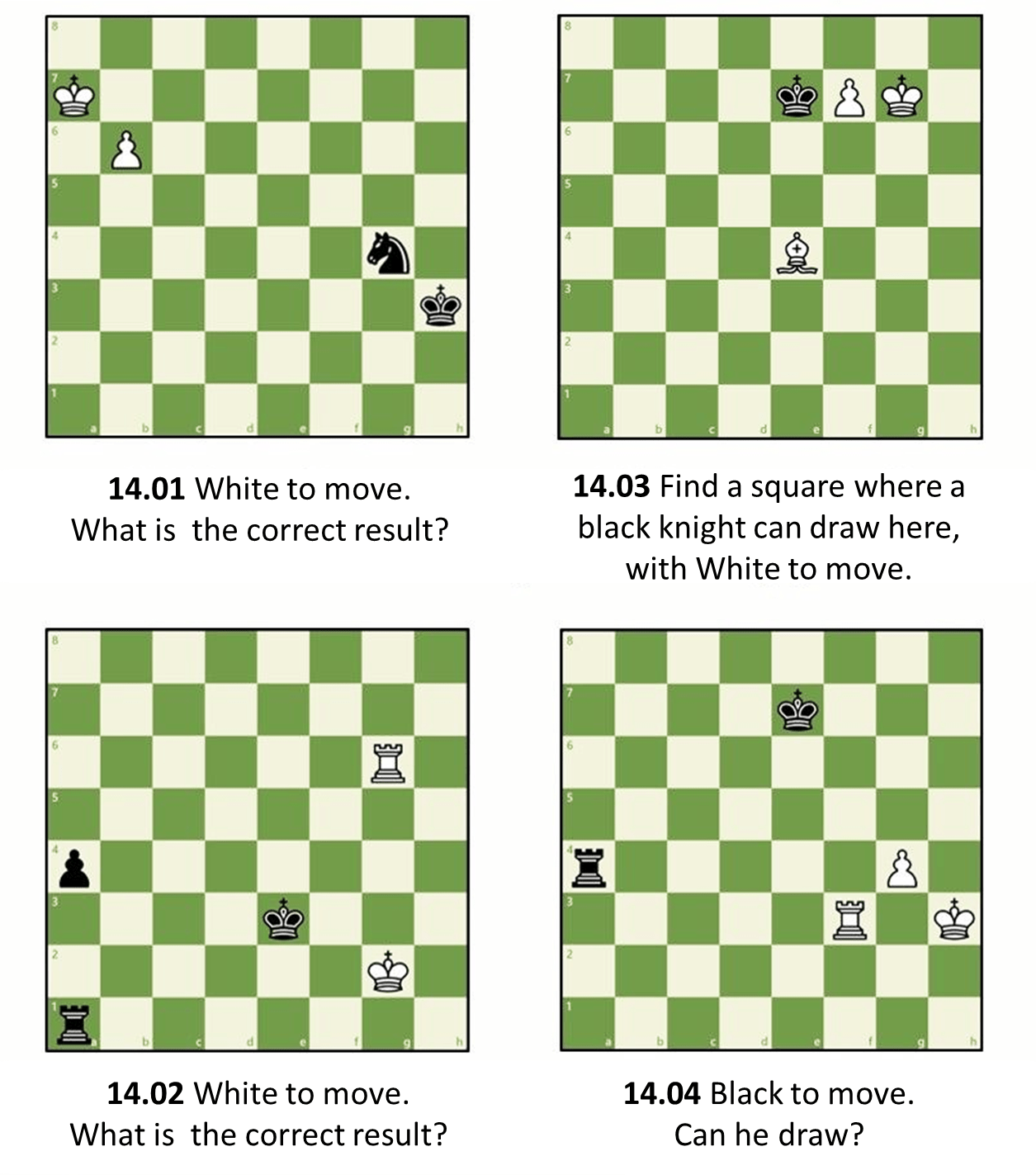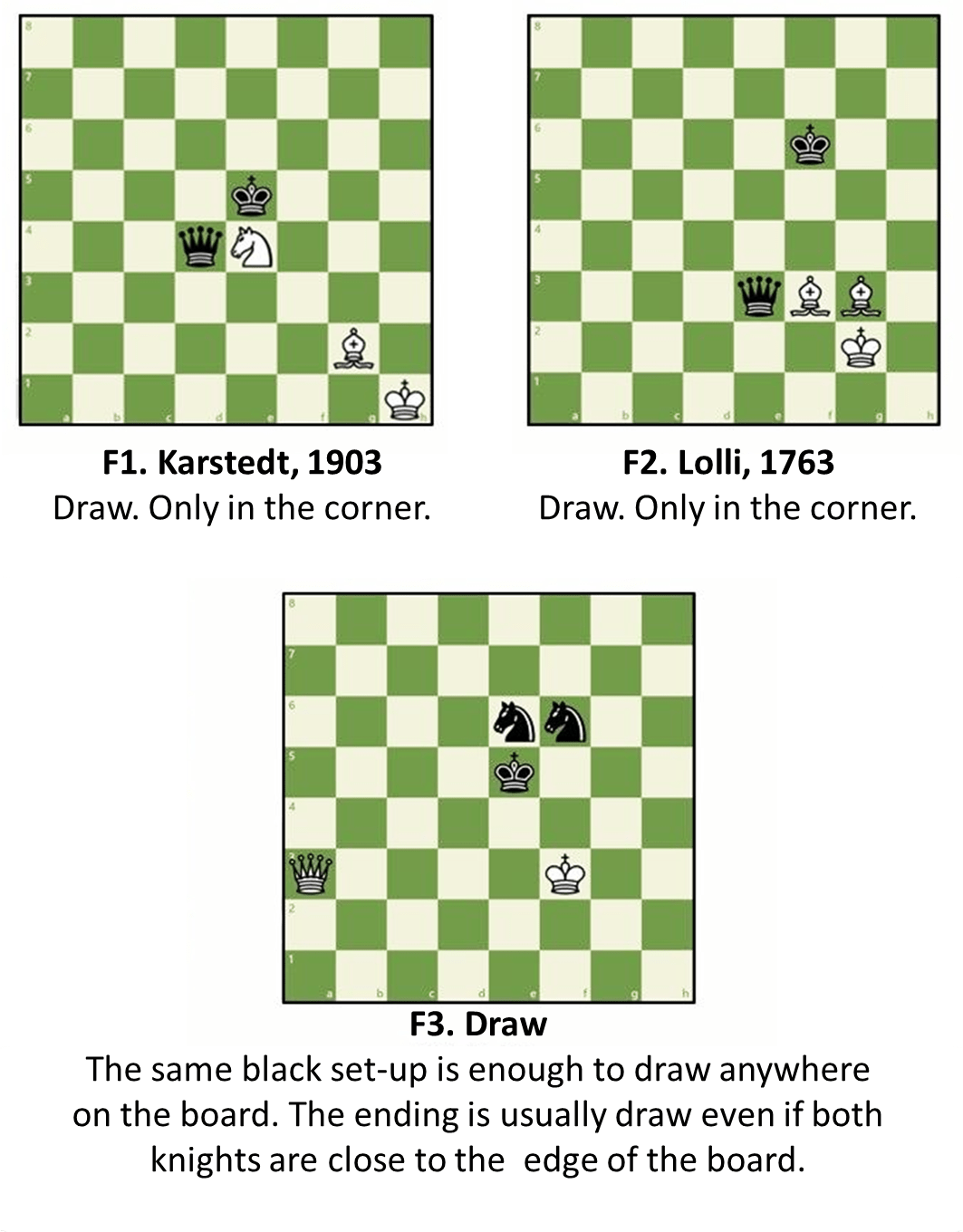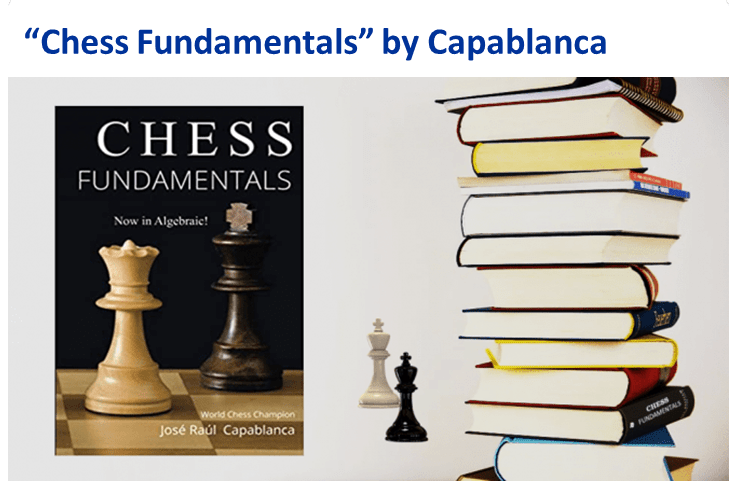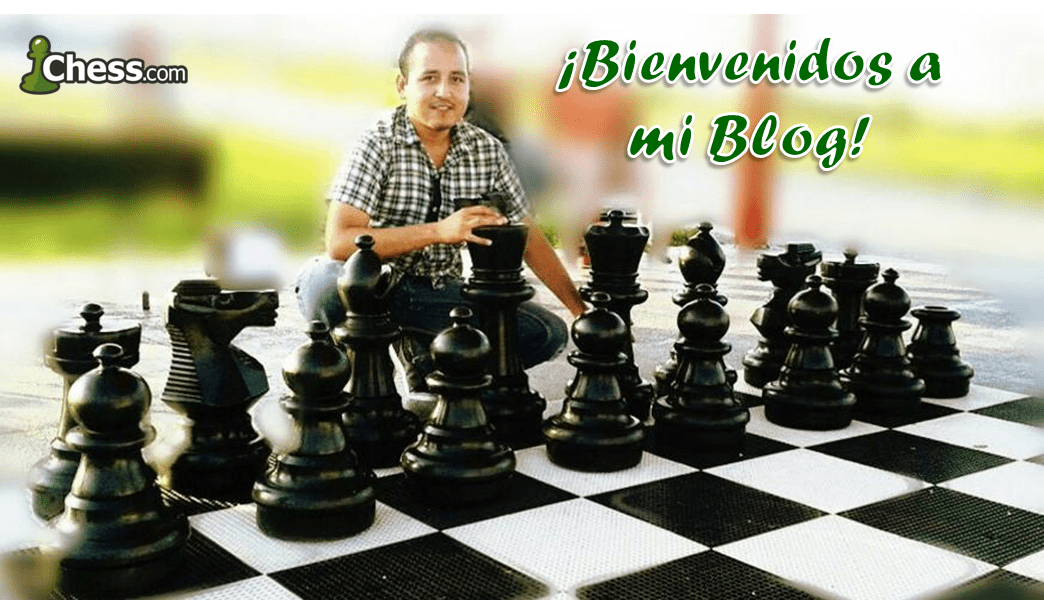
Book Review ǀ “100 Endgames You Must Know” by Jesus de la Villa.
“After a bad opening, there is hope for the middle game. After a bad middle game, there is hope for the endgame. But once you are in the endgame, the moment of truth has arrived.” – GM Edmar Mednis
In the previous review of this series, I recommended a book where the endgames are studied in a very instructive way, but if you are looking to master the last phase of the game, the book you need is "100 Endgames You Must Know" by GM Jesús de La Villa.
Jesus Maria De La Villa Garcia, was born on June 30, 1958 in Palencia, Spain. He is a chess Grandmaster, number 49 in Spain, in the February 2021 FIDE list, with an ELO of 2456.

Endgames are absolutely necessary to learn to visualize and calculate on chess. For this purpose, the book includes an exquisite selection of endings, from the basics and advancing according to their difficulty to the most elaborate, being explained in detail, in a simple and systematic way. This book as training material will lead you to raise your chess level considerably, not only by improving your endgame play, but also by improving your middlegame, where he will be able to create plans to bring the game to an endgame that already mastered.
Initially you will be able to master the basic checkmates, in addition, a few exceptional and frequent situations, such as the bishop and Wrong Rook's Pawn endgame, later the Philidor and Lucena positions in rook endings, and some more ideas of pawn endgames and bishops of different colors endings.

The book has an excellent introduction that will help the reader get more out of it, in which we will see statistical data, a study on the mobility of the pieces, the fortresses and among other things you will find their recommendations on how to use the book for your training.
It also includes a "Basic Test" with some elementary positions to help the reader know their level so that they can place the part of the book that suits them best, or use it from start to finish regardless the current level.
Some examples of the Basic Test.

Contents of the book.
- Chapter 1: Basic endings
- Chapter 2: Knight vs. pawn
- Chapter 3: Queen vs. pawn
- Chapter 4: Rook vs. pawn
- Chapter 5: Rook vs. two pawns
- Chapter 6: Same-colored bishops: bishop + pawn vs. bishop
- Chapter 7: Bishop vs knight: one pawn on the board
- Chapter 8: Opposite-colored bishops: bishop + two pawns vs. bishop
- Chapter 9: Rook + pawn vs. rook
- Chapter 10: Rook + two pawns vs. rook
- Chapter 11: Pawn endings
- Chapter 12: Other material relations
- Chapter 13: Appendix
- Chapter 14: Solutions to exercises

Once you have finished the theory chapters, then comes a second test. The author recommends taking it when you have read the whole book, or even after a few weeks. He closes with a section on fortresses to reinforce this draw resource.
Some examples of the second test.

Examples of fortresses.

Here you can solve one of the exercises of 100 Endgames You Must Know.
Ending 17. Queen vs. 7th-rank rook's pawn.
Follow me on my Chess.com profile for more content like this.
More of my blog:
.










